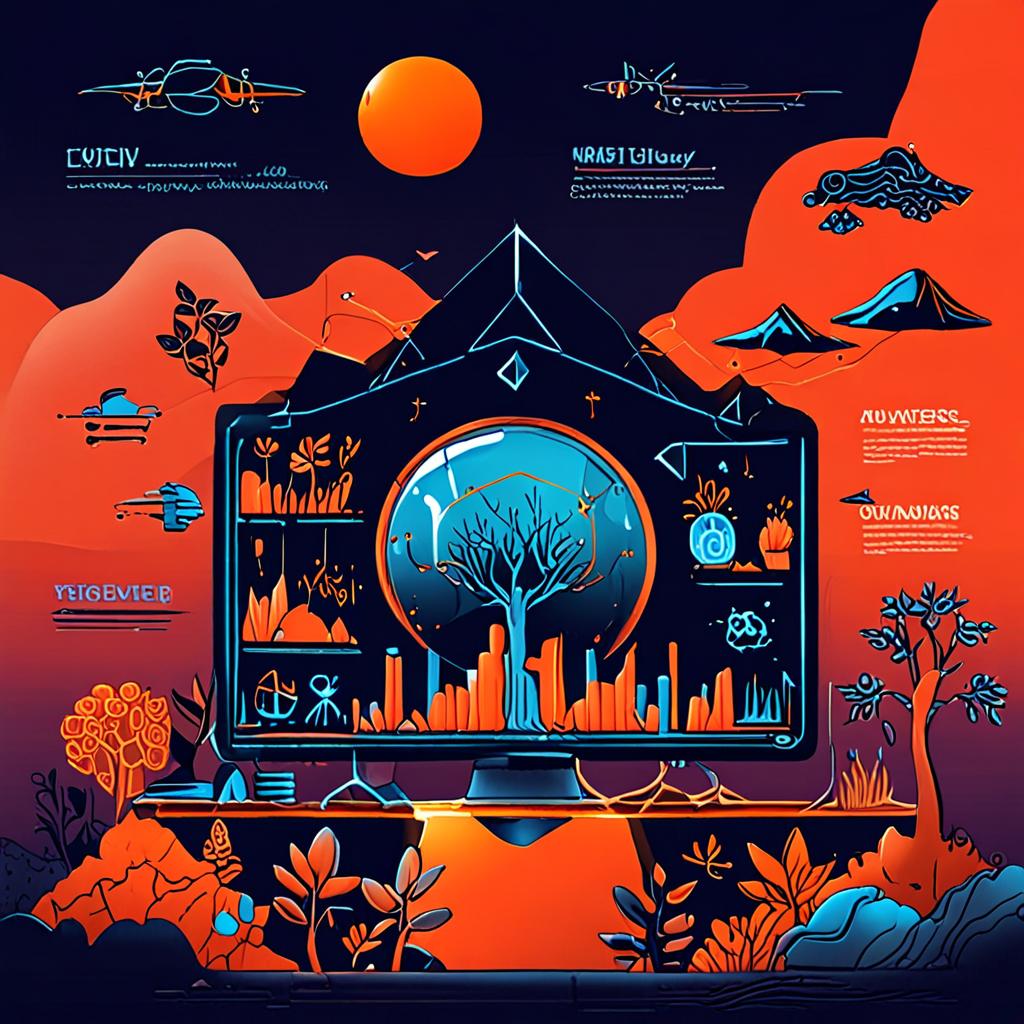Introduction
The integration of Augmented Reality (AR) in education has shown promising results in enhancing student engagement and knowledge retention. However, the current state of AR adoption in classrooms is limited by the lack of practical applications and ineffective content delivery methods. For instance, a study by the National Center for Education Statistics found that only 12% of teachers reported using AR in their classrooms, citing the lack of relevant and interactive content as a major barrier.
Traditional teaching methods often rely on static textbooks and lectures, which can lead to a passive learning experience. Existing educational AR solutions often focus on simplistic, one-off experiences that fail to provide a comprehensive and immersive learning environment. For example, many AR apps are designed as supplementary tools, rather than being integrated into the core curriculum.
The convergence of AR and Artificial Intelligence (AI) offers a unique solution to this problem. AI-powered AR tools can analyze student learning patterns, adapt to individual needs, and provide real-time feedback. Techniques such as machine learning-based content generation and natural language processing can enable the creation of personalized, interactive, and dynamic learning experiences. In this blog, we will explore 10 innovative ways to harness the potential of AR in education, with real-world examples and analysis of successful implementations.
Enhancing Student Engagement: Interactive AR Experiences in the Classroom
Interactive AR experiences in the classroom are revolutionizing the way students learn by increasing engagement and motivation. By overlaying digital information onto real-world environments, AR technology creates immersive and interactive learning experiences that cater to different learning styles. This approach matters because it addresses the growing concern of student disengagement, which can lead to decreased academic performance and higher dropout rates.
A notable example of AR’s impact on student engagement is the zSpace platform, which has been adopted by over 100 schools worldwide. According to a study by the National Center for Education Statistics, students using zSpace’s AR-based STEM curriculum showed a 22% increase in test scores compared to their peers using traditional teaching methods.
The integration of AI in AR experiences further amplifies their effectiveness. AI-powered AR can analyze student interactions, providing teachers with valuable insights into learning behaviors and preferences. This data can be used to tailor instruction, identify knowledge gaps, and optimize the learning experience. By leveraging AI-driven analytics, educators can create more effective, personalized learning pathways, ultimately leading to improved student outcomes and increased academic success.
Revolutionizing Subject-Specific Learning: AR Applications in STEM, Arts, and Humanities
Augmented reality (AR) is transforming the way students engage with subject-specific learning in STEM, Arts, and Humanities. By overlaying digital information onto real-world environments, AR applications provide interactive, immersive, and contextual learning experiences that enhance understanding, retention, and application of complex concepts.
In STEM education, AR is being used to visualize complex systems, such as the human body or molecular structures, allowing students to interact with and manipulate 3D models in real-time. For example, the zSpace AR platform has been shown to improve student test scores in math and science by up to 20% (zSpace, 2020).
AI-powered AR applications can analyze student interactions, providing personalized feedback and adaptive assessments that inform instruction. In Arts and Humanities, AR is being used to bring cultural artifacts and historical events to life, enabling students to explore and analyze complex cultural contexts in a more engaging and interactive way. By leveraging AI-driven analytics, educators can measure the effectiveness of AR-enhanced learning experiences and make data-driven decisions to improve student outcomes.
Overcoming Accessibility Barriers: AR Solutions for Personalized and Inclusive Education
Augmented reality (AR) has the potential to revolutionize education by providing personalized and inclusive learning experiences for students with diverse needs. Accessibility barriers, such as visual or hearing impairments, can hinder students’ ability to engage with traditional teaching methods. AR solutions can help bridge this gap by offering interactive, multisensory experiences that cater to individual learning styles.
For instance, the University of Michigan’s “Augmented Reality for Accessibility” project used AR to create interactive 3D models for students with visual impairments. The results showed a significant improvement in student engagement and understanding of complex concepts.
Artificial intelligence (AI) plays a crucial role in driving this innovation. AI-powered AR solutions can analyze individual student needs and adapt the learning experience accordingly. For example, AI can adjust font sizes, colors, and audio levels to accommodate students with visual or hearing impairments. By leveraging AI-driven AR, educators can create a more inclusive and effective learning environment, ultimately improving student outcomes and promoting equal access to education. By harnessing the power of AR and AI, we can create a more accessible and personalized education system for all.
Conclusion
The integration of Artificial Intelligence (AI) in augmented reality (AR) has significantly enhanced the educational experience, enabling personalized, interactive, and immersive learning environments. AI-powered AR has also streamlined content creation, making it more accessible and affordable for educators to develop customized learning materials.
As educators and edtech innovators, it’s essential to harness the potential of AR to revolutionize the classroom experience. Here are two practical next steps to consider:
- Experiment with AR content creation tools, such as ARKit and ARCore, to develop interactive, 3D models that can be seamlessly integrated into lesson plans.
- Adopt AI-powered AR platforms, like zSpace and zSpace AR/VR, which offer a range of educational content and tools to support STEM education, language learning, and more.
By embracing these innovative technologies, educators can unlock new possibilities for student engagement, knowledge retention, and skill development. As the edtech landscape continues to evolve, it’s crucial to stay ahead of the curve and leverage AI-powered AR to create transformative learning experiences that prepare students for success in the 21st century.
